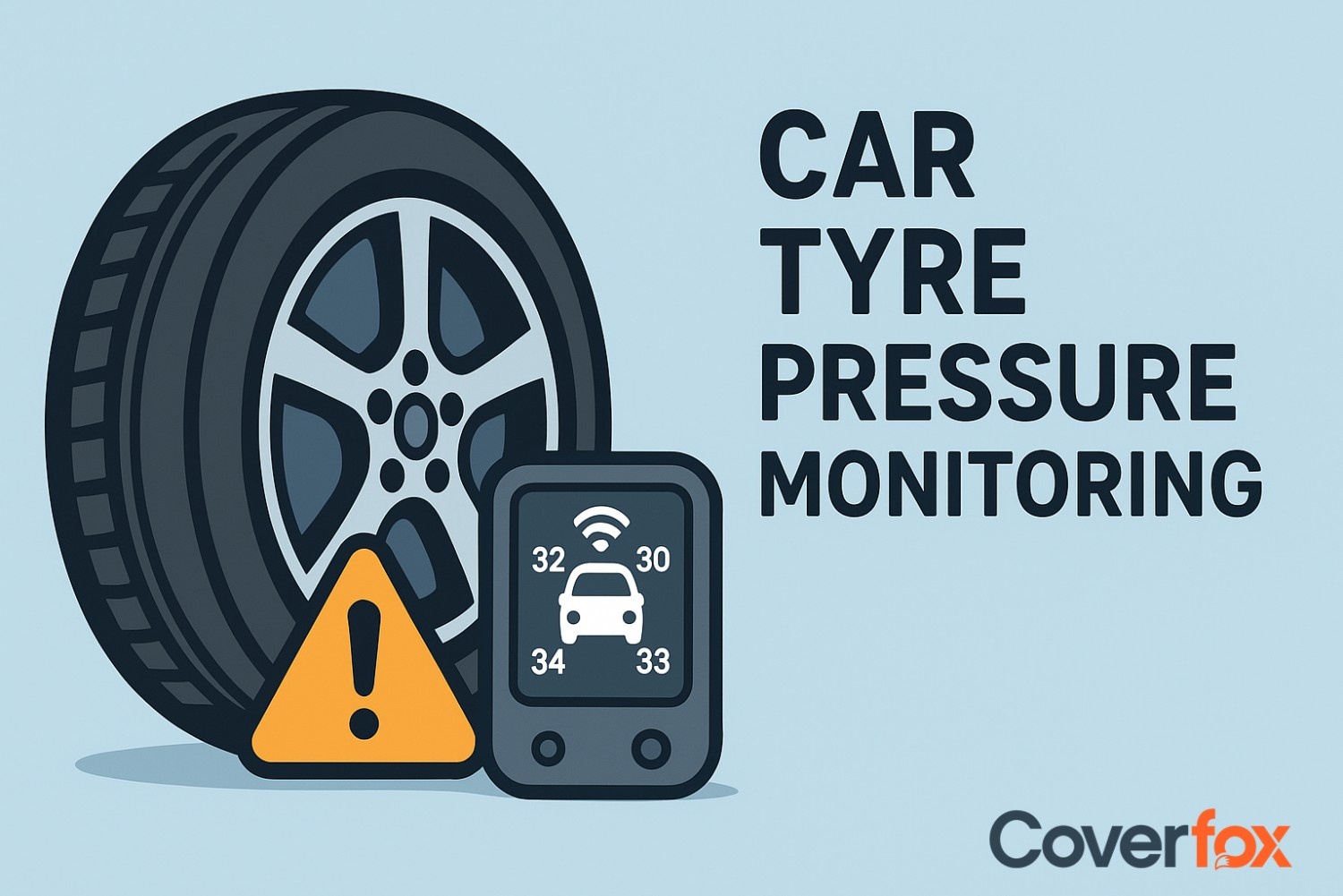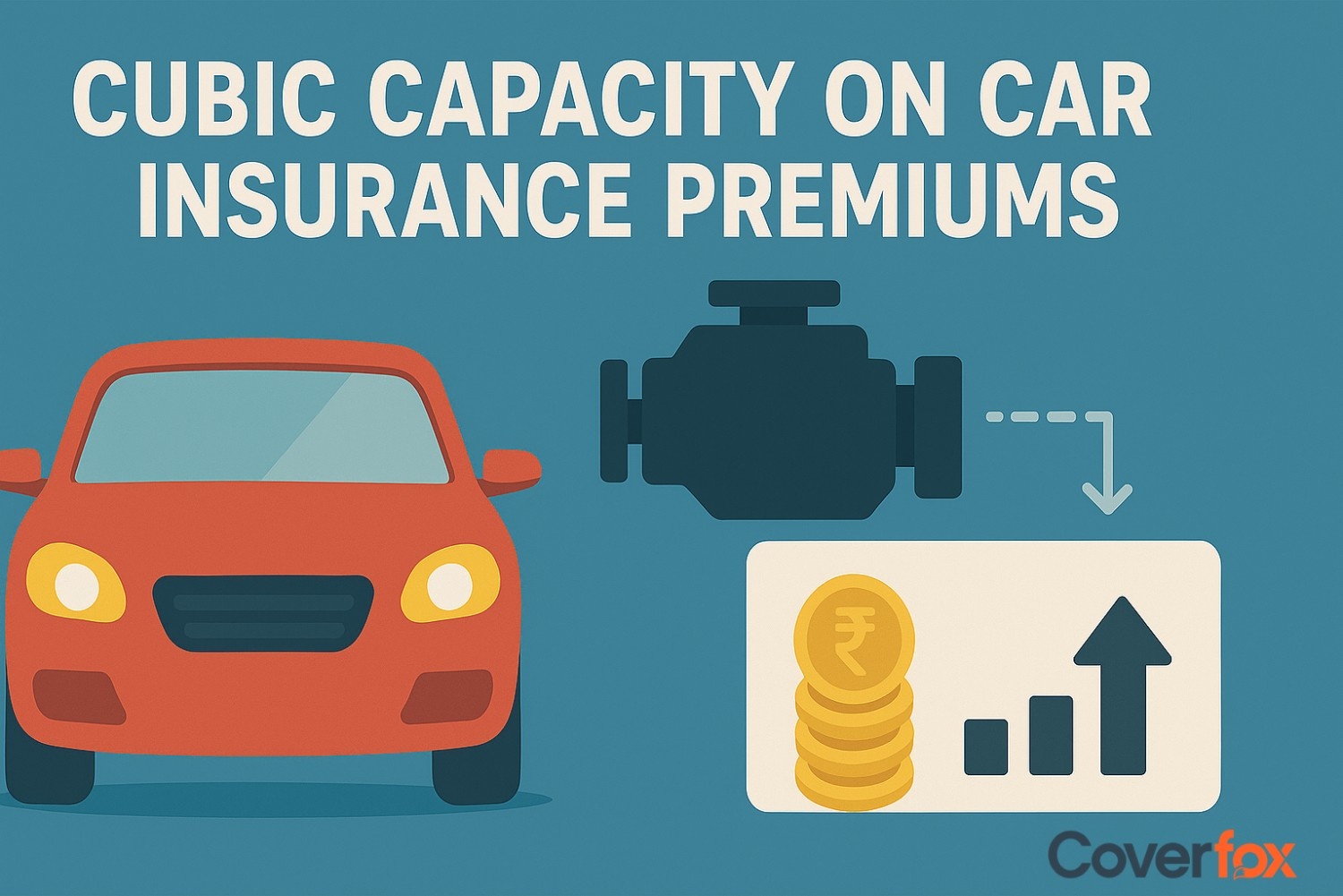Insurance policies are one of the most significant investments people make on a yearly basis. Among the several types of insurance plans available, life, health and motors insurance are the most important as they command the highest level of importance in a person’s financial portfolio.

Insurance policies are one of the most significant investments people make on a yearly basis. Among the several types of insurance plans available, life, health and motors insurance are the most important as they command the highest level of importance in a person’s financial portfolio. Insurance on these aspects acts as shields that protect the policyholder from any unforeseen financial troubles arising from them.
In India, the law makes it mandatory for every car owner to avail a car insurance policy with at least a third-party liability coverage. Keeping this in mind, all car owners are also encouraged to buy adequate insurance for their car so that they have a financial safety net to rely on in case of unfortunate event of an accident.
What is Insured Declared Value (IDV)?
IDV, in simple words, is the current market value of a car. It is the maximum sum insured amount that you can claim. Based on this value, your insurance company will be able to decide your claim amount accurately. This also helps to determine your car insurance premium. Though it is not mandatory to avail a comprehensive car insurance policy, your vehicle needs to be financially secured in case of any mishap. Insured Declared Value is the market value of your car if you want to insure it. The higher the IDV, the higher will be the premium amount. But, by undervaluing or reducing this value, you may end up making a loss in case of total damage occurs.
How to Calculate IDV?
The Insured Declared Value (IDV) is calculated on the basis of the manufacturer's listed selling price, less the depreciation. The depreciation schedule for IDV is given for the period of five years, depending on the insurance plan. IDV for vehicles older than five years is calculated through mutual agreement between the insurance company and the policyholder. In case your car is very old, you can contact your insurance provider for calculating the same.
The depreciation rate while calculating IDV is illustrated in the table below:
| Age of the car | Percentage depreciation for IDV calculation |
|---|---|
| Less than 6 months | 5% |
| Moore than 6 months but not older than 1 year | 15% |
| More than 1 year but not older than 2 years | 20% |
| More than 2 years but not older than 3 years | 30% |
| More than 2 years but not older than 3 years | 40% |
| More than 4 years but not older than 5 years | 50% |
| Older than 5 years | The IDV is calculated based on mutual agreement between the insurance company and the policyholder. |
When you buy a new car, the insured declared value is based on the manufacturer's selling price, also taking depreciation into account.
IDV = (manufacturer’s selling price – depreciation cost) + (accessories cost – depreciation of these accessories)
In case you have not added any accessories to your car, the formula to calculate IDV is,
IDV = Manufacturer’s selling price – depreciation
How does IDV Determine your Car Insurance Premium?
Simply put, the insured declared value (IDV) of your car is the maximum amount you are deemed to get from the insurance company. Your car's IDV is calculated the moment you buy your car insurance. The next time IDV will be computed is when you renew your car insurance policy. In this way, your car is covered for its current listed price at any time, under the concerned car insurance plan.
Car insurance premium depends on certain things such as the make and type of vehicle, how old the vehicle is and the value. This is why your car insurance premium will depend highly on the insured declared value calculated. As the value of your car decreases with age, the IDV will affect changes in the car insurance premium over time.
It is crucial to calculate the accurate IDV for your car to prevent being under insured. If your car insurance estimates a lower IDV, you will not be covered for the full amount you were to face a loss.
It is also important to know that you can increase your car’s IDV as provided by the car insurance policy if your car is well-maintained. Car insurance plans come with several coverage and deductibles. Deciding the right mix will give you the optimum benefits on your car insurance. There are many car insurance policies available in the market. Some may offer discounts and NCB in case no claims are made during a particular policy year. A comprehensive car insurance policy will ensure that you are covered in case of all possible eventualities. Therefore, make the best use of IDV and get the finest car insurance policy for your needs.
Recommendation: Know your IDV in Car Insurance





